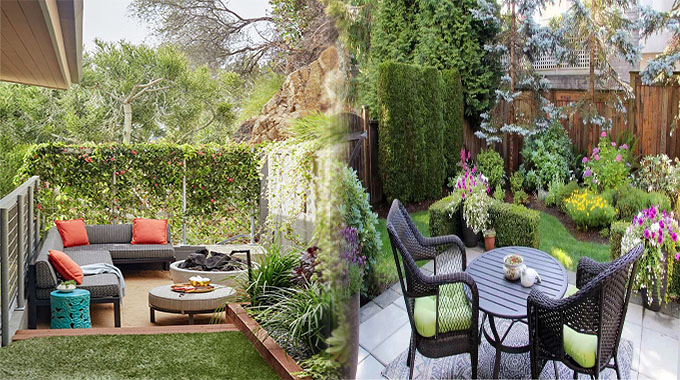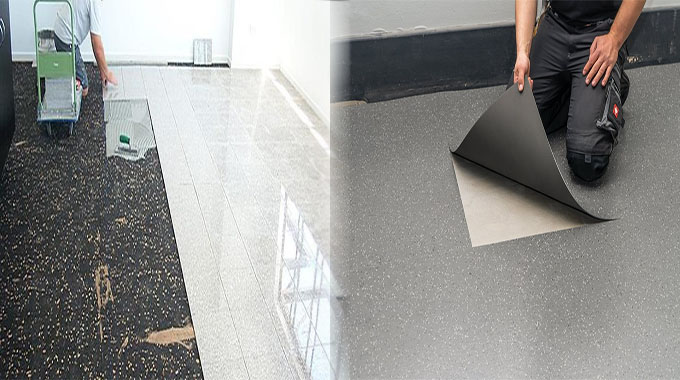Low-Maintenance Landscaping Ideas for Tiny Backyard Spaces
Transforming a tiny backyard into a beautiful and functional outdoor oasis can be challenging, especially when considering the maintenance that comes with traditional landscaping. However, with a few thoughtful and strategic design choices, you can create a stunning and low-maintenance outdoor space that maximizes every inch of your backyard.
1. Container Gardening
Utilize container gardening to add greenery and color to your tiny backyard without the need for extensive upkeep. Selecting low-maintenance plants such as succulents, ornamental grasses, and dwarf shrubs not only adds visual interest but also requires minimal watering and maintenance. Grouping containers of varying sizes and heights can create a dynamic and space-saving display.
2. Artificial Turf
Consider replacing natural grass with artificial turf to eliminate the need for mowing, watering, and fertilizing. Artificial turf provides a lush and verdant look year-round and requires only occasional cleaning to maintain its appearance. This low-maintenance alternative is especially well-suited …












